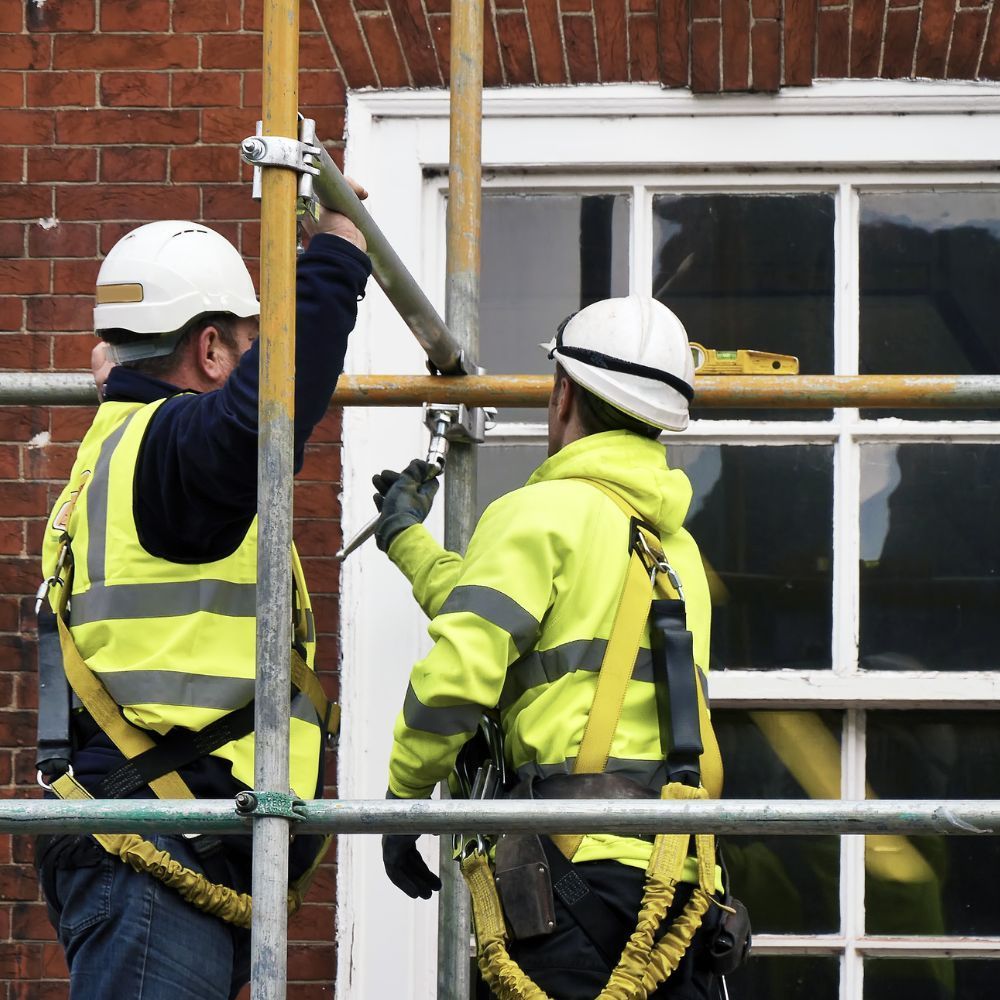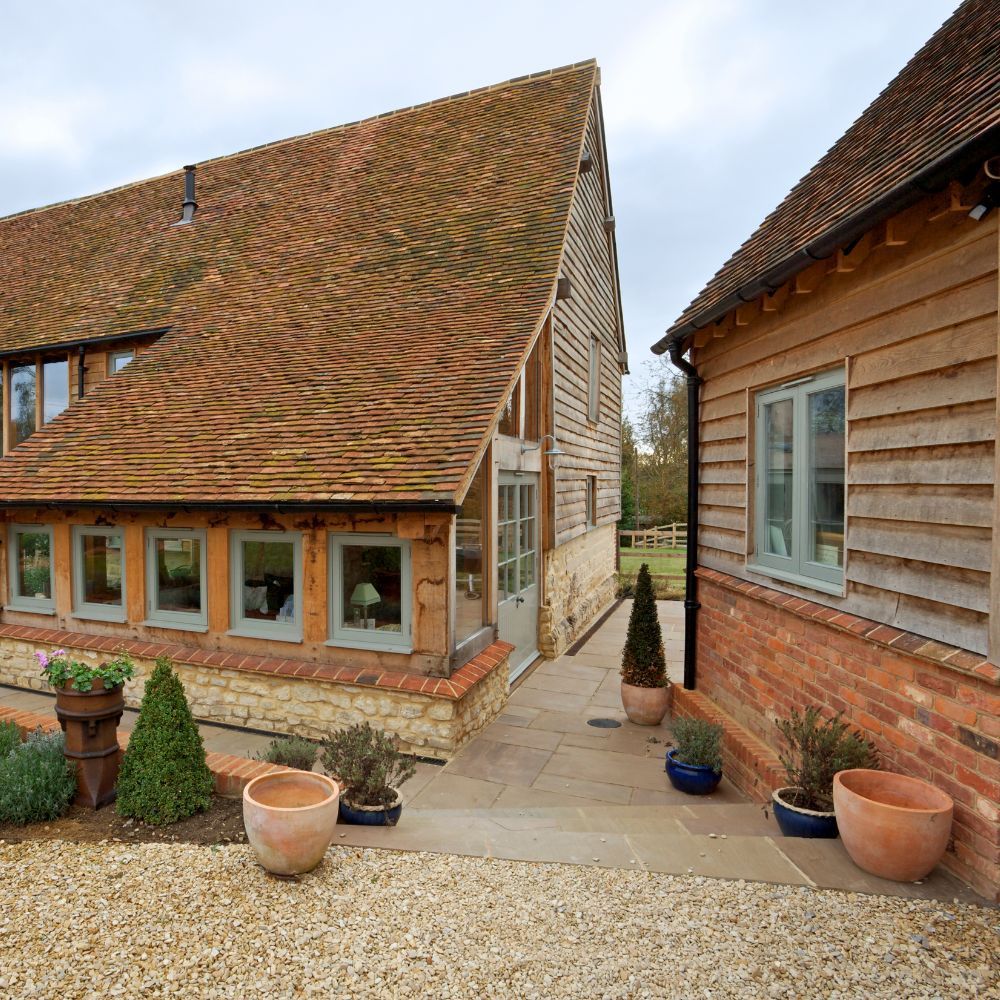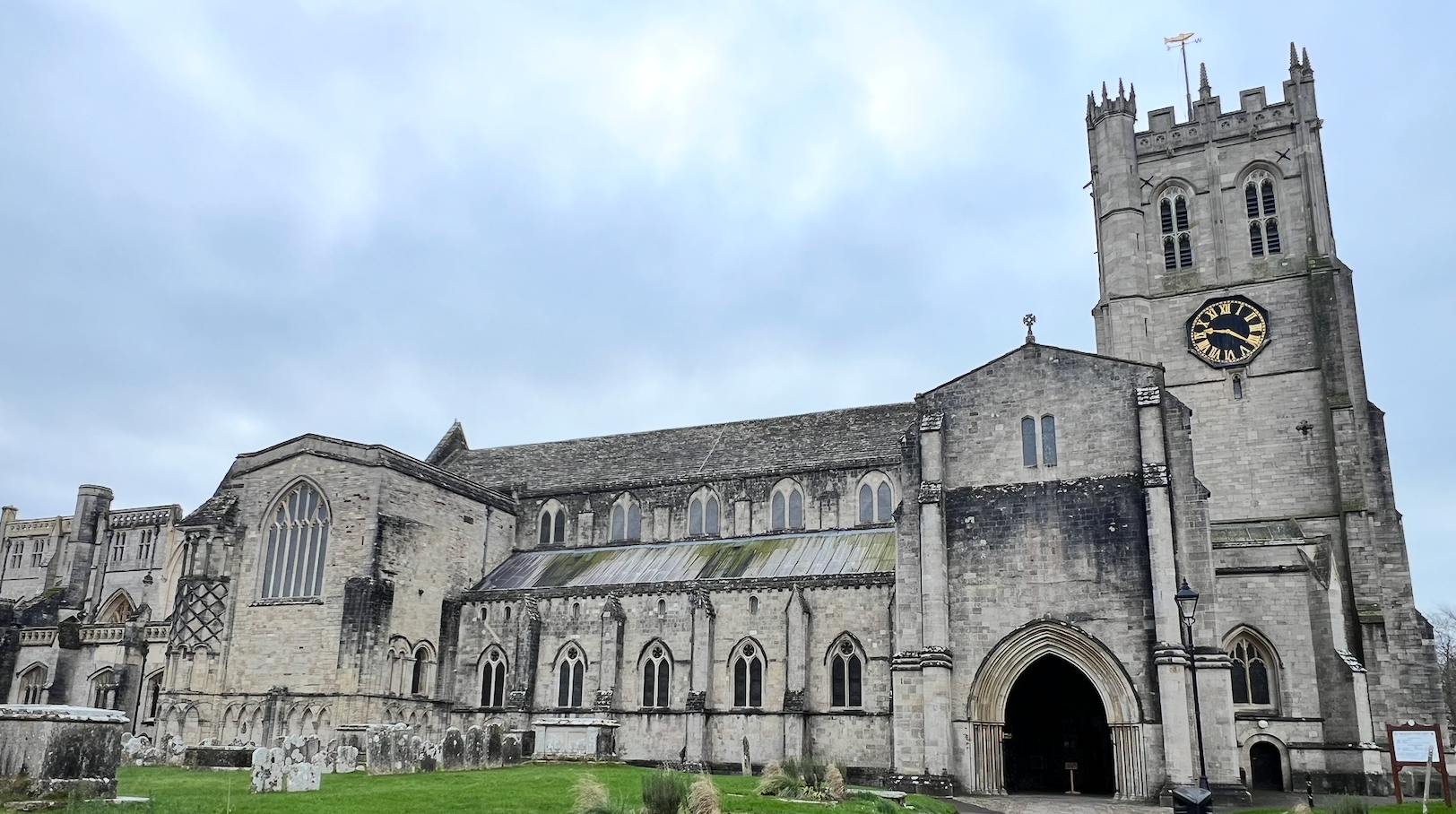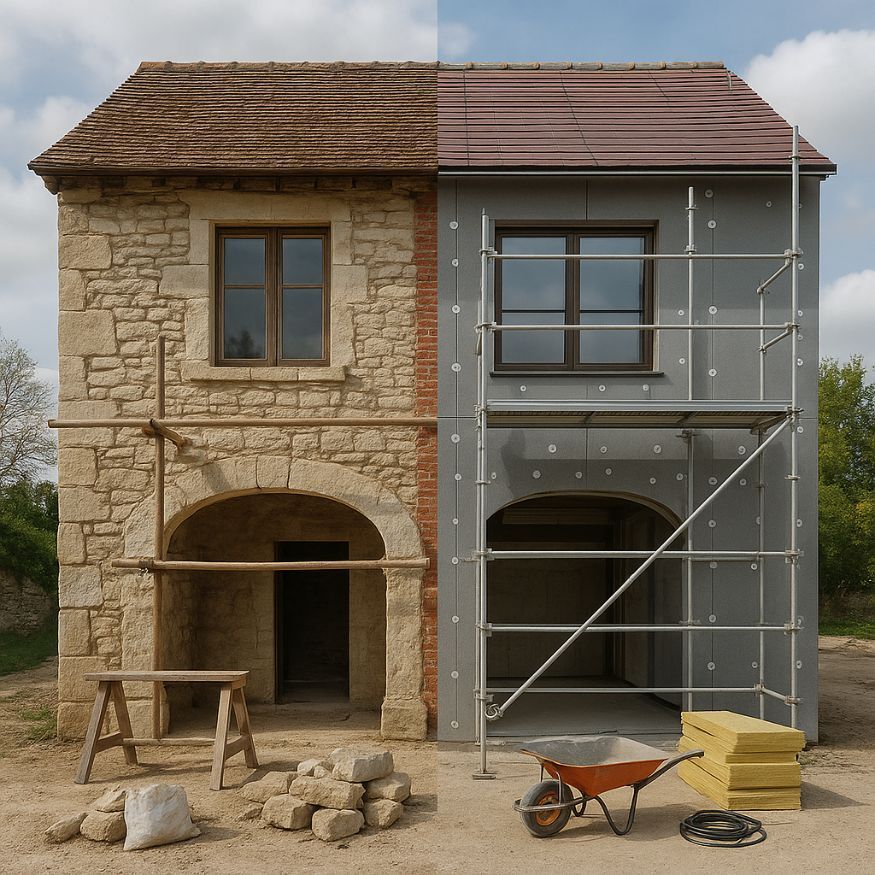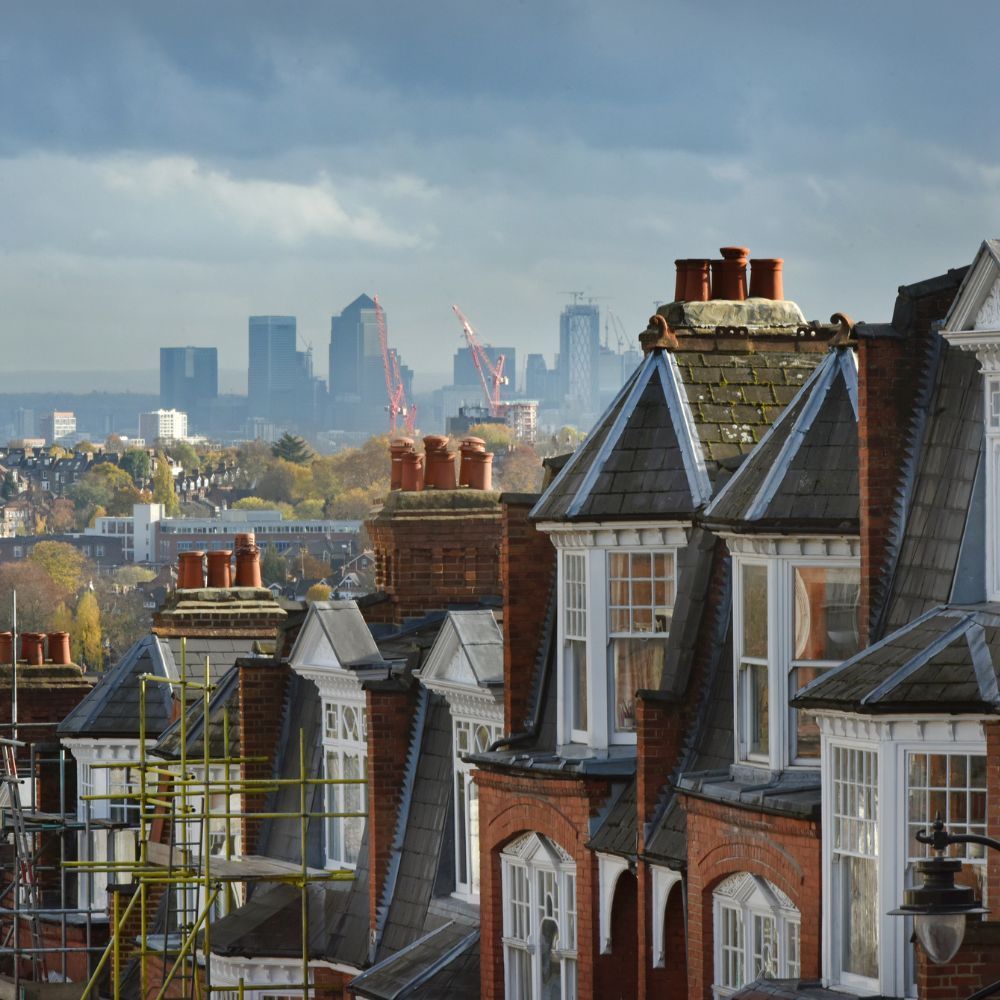Spot Check Your Listed Property This Summer
Seasonal checks to help maintain the character and condition of your period home
Summer might feel like the season to relax and enjoy your home, but it is also a good time to carry out checks and maintenance on older properties. During the summer months it can be easier to identify issues which are often harder to spot during winter, especially in listed buildings where age and materials may be affected by warmer temperatures.
If you live in a listed home, regular upkeep is key to protecting its charm and structural integrity. In this guide, we identify some points to check on your listed building over the summer months.
Cracks in Walls or Ceilings
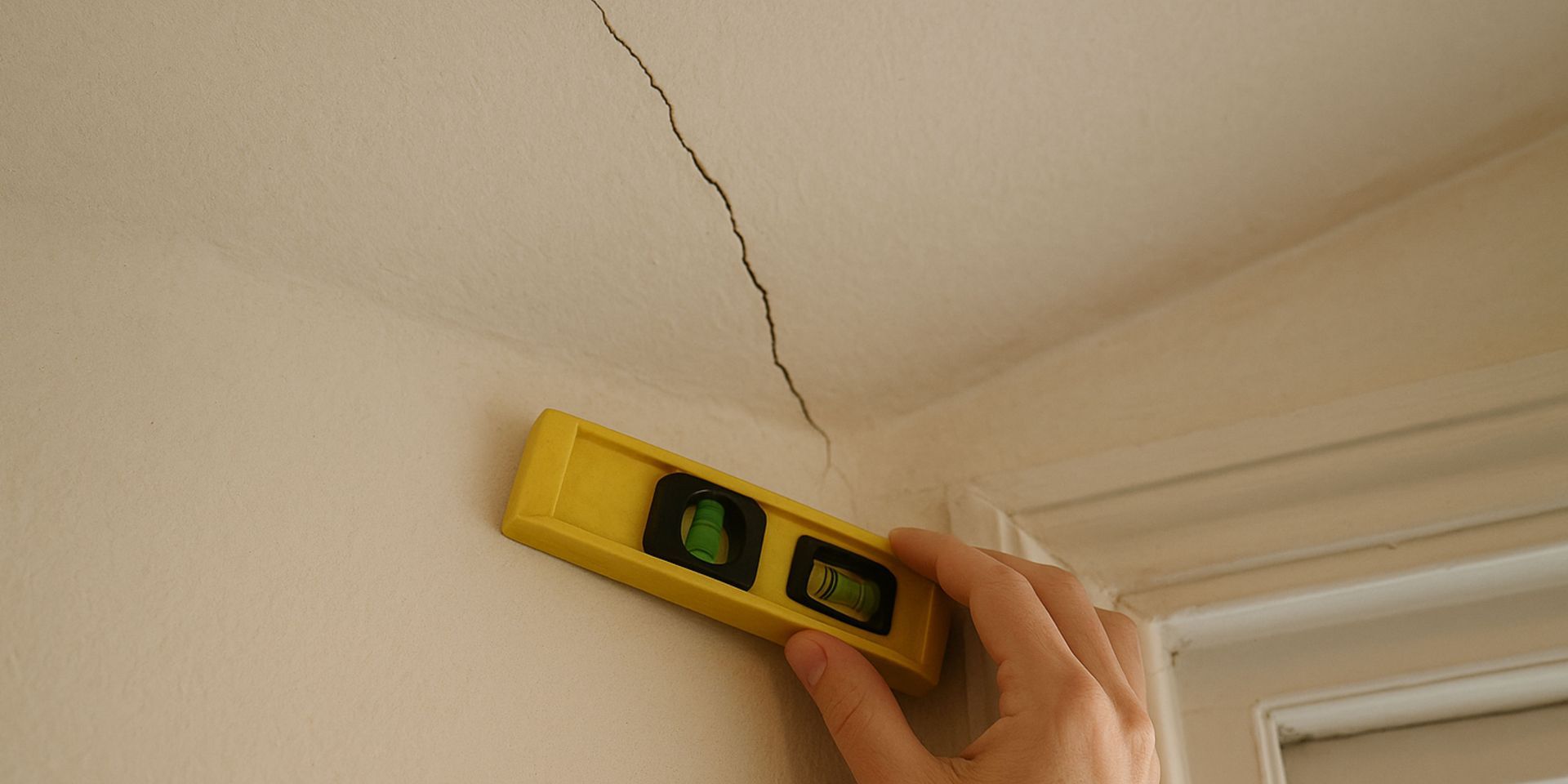
A few hairline cracks here and there are fairly common in older homes, but if you start to notice new ones, or existing cracks getting wider, it is worth investigating further.
- Look at internal walls and ceilings, especially where extensions meet the original structure
- Check exterior brickwork for signs of movement, particularly around doors and windows
- Keep an eye on diagonal cracks or those wider than a few millimetres
Movement is not unusual in older properties, but early intervention can prevent long-term damage.
Signs of Damp or Condensation
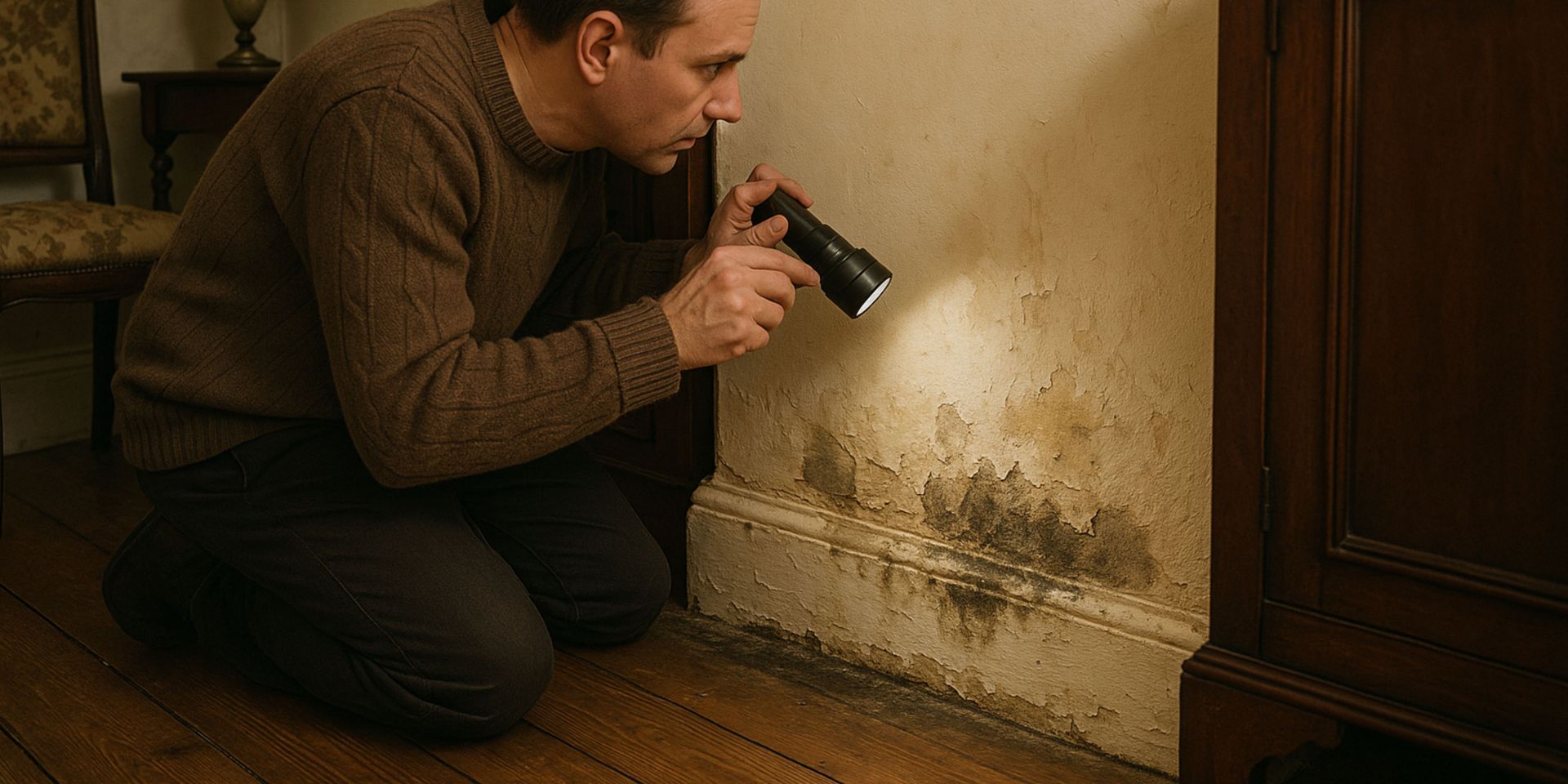
Summer can sometimes mask damp problems, as warmer temperatures may dry out visible signs. However, humid conditions and poor ventilation can still create issues behind the scenes.
- Watch for musty smells, flaking paint, or discoloured patches on walls
- Check behind furniture and inside cupboards where air circulation is low
- Inspect window frames for signs of rot or excessive condensation
Damp in period homes are often linked to outdated materials or changes to airflow, so spotting it early helps you avoid more complex repairs.
Roof and Gutter Maintenance
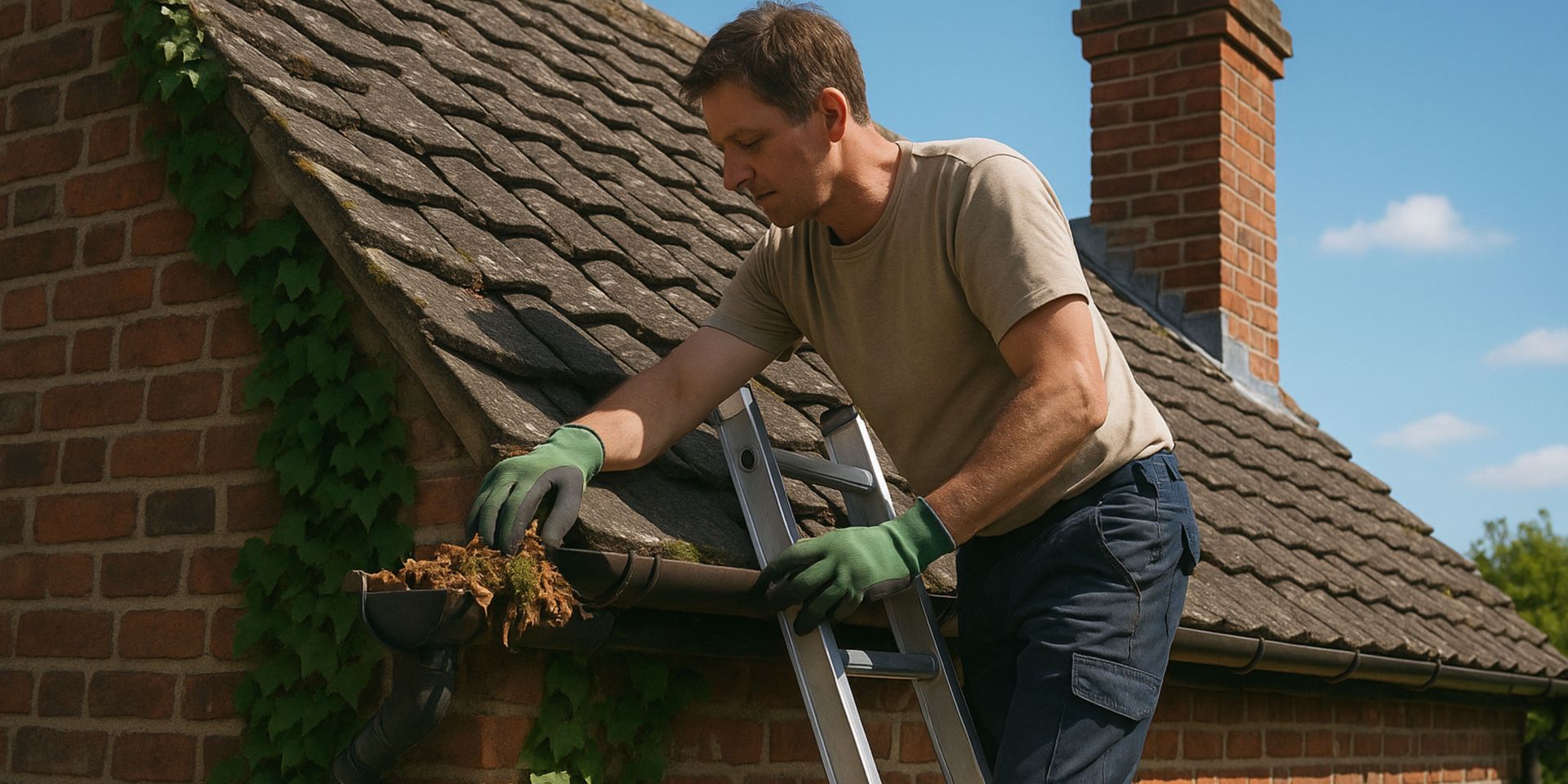
Summer storms and dry spells can both take a toll on older roofs and drainage systems. Clearing out any blockages or checking for loose tiles now can help prevent water damage later in the year.
- Clear gutters of leaves and debris to keep rainwater flowing properly
- Look for slipped, broken or missing roof tiles
- Make sure any downpipes are securely fixed and not leaking against the wall
Water damage often starts small, but in a listed property, even minor issues can affect the long-term condition of the building.
Timber Condition
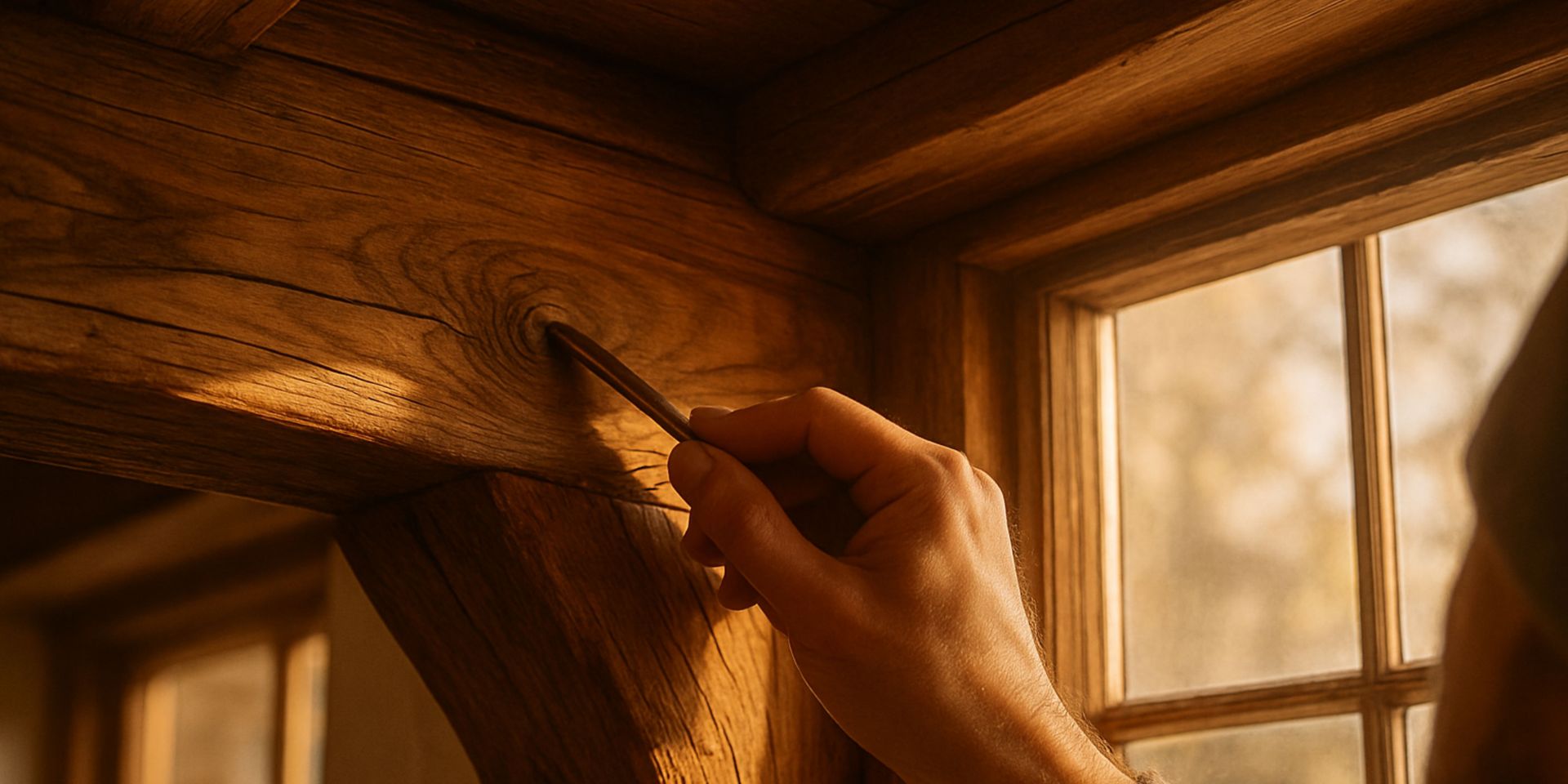
Many listed buildings feature original timber, whether in floors, windows or beams. These elements are often exposed to fluctuating temperatures and moisture levels, especially in summer.
- Inspect timber for soft patches, which may indicate rot or insect activity
- Look out for new cracks or warping in wood that hasn’t moved before
- Make sure painted or treated timber is still well-sealed
Caring for original timber is one of the most effective ways to preserve the historic feel of a home.
A Little Maintenance Goes a Long Way
Caring for a listed property takes a bit more attention, but the rewards are worth it. A few seasonal checks each summer can help avoid unexpected repair work and keep the building looking and feeling its best.
If you are unsure about any signs you've noticed or need advice on how to carry out sensitive repairs, visit www.pointbuilders.co.uk to find out how experienced conservation builders can help support the maintenance of your home.



